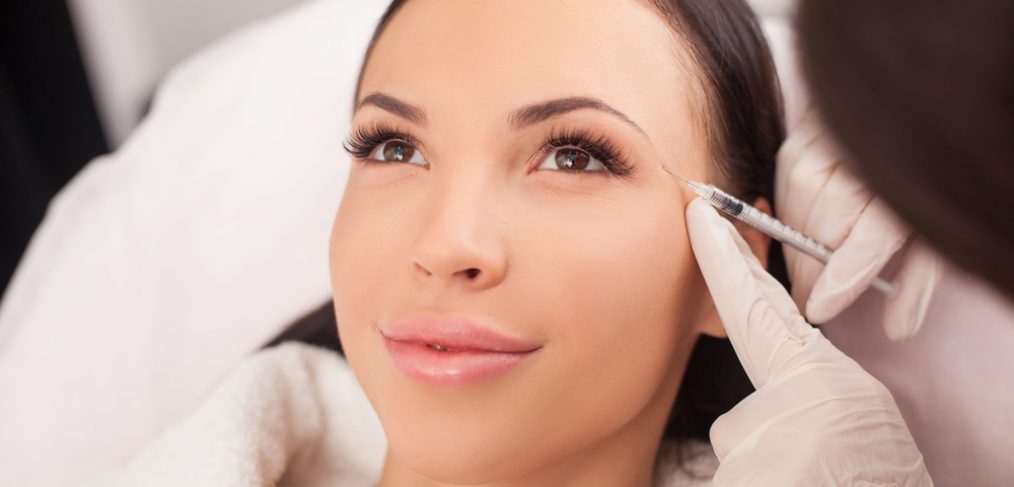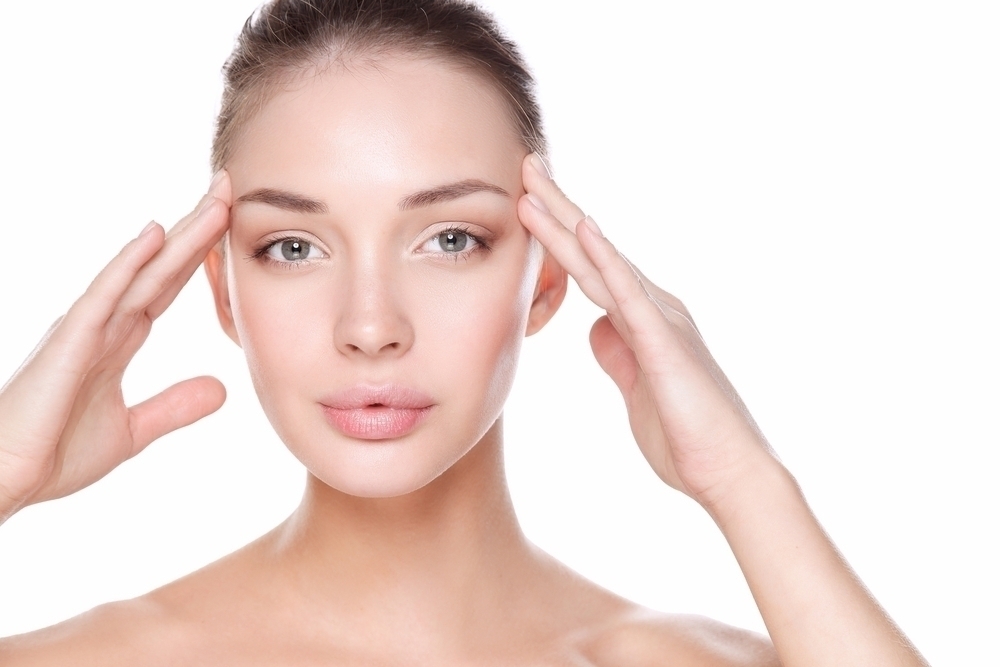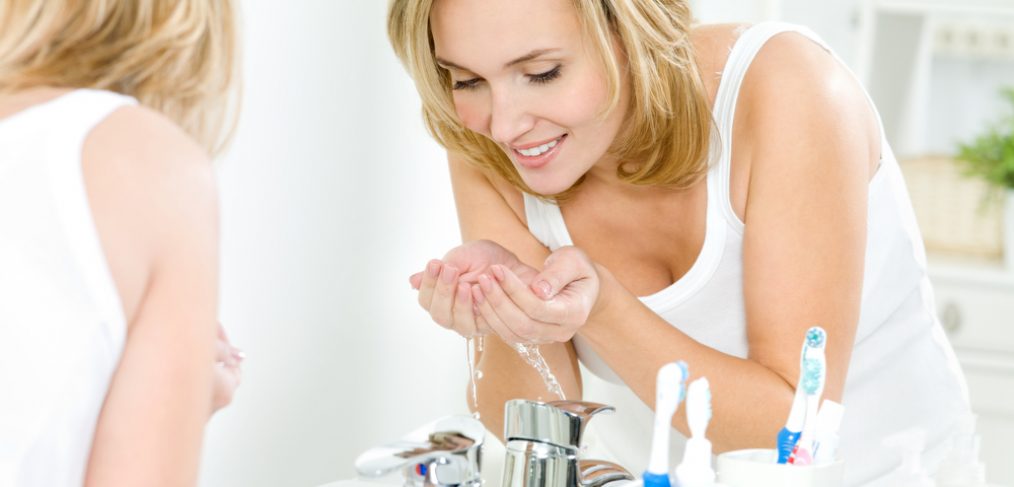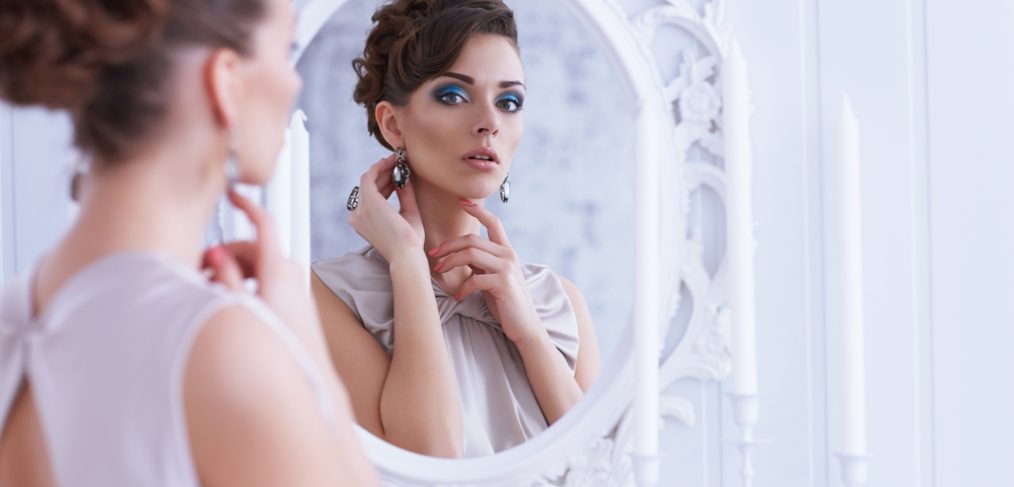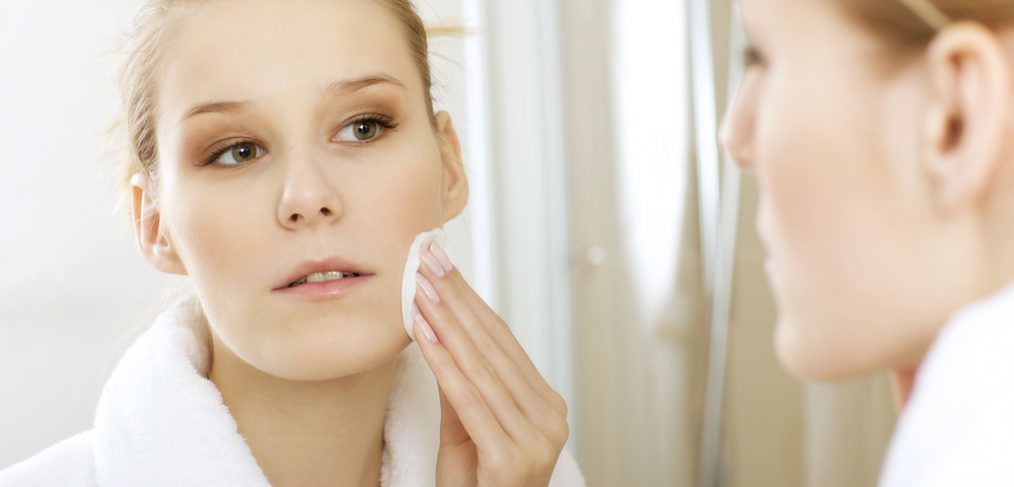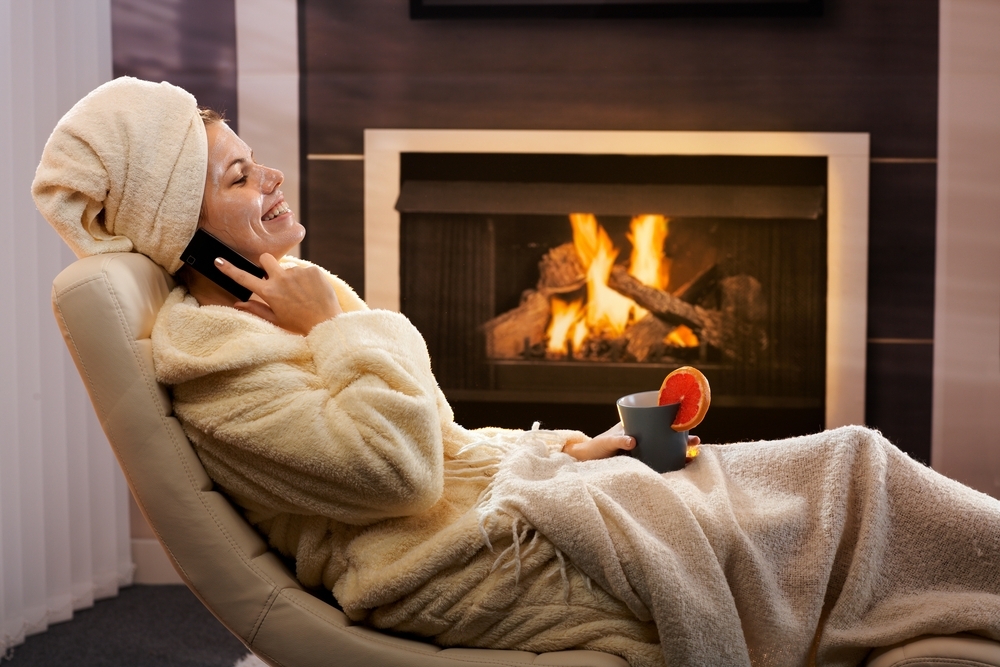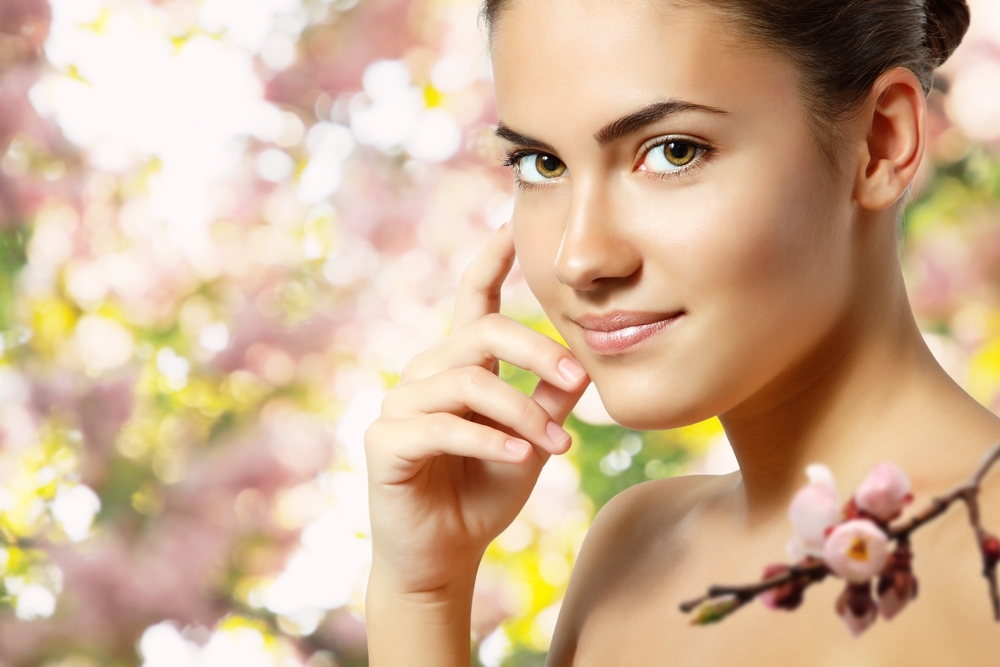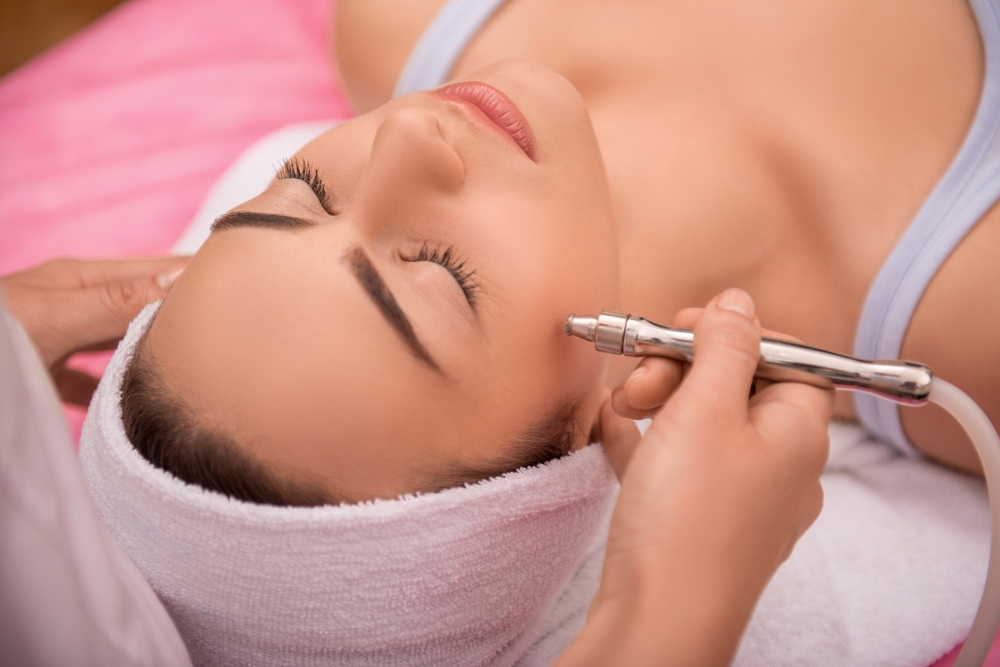The influence of Asia on beauty concepts, techniques, and treatments, also referred to as Asianification, took 2015 by storm and it’s showed no sign of slowing down in 2016. The global beauty business is massive, and Asia certainly seems to be at the forefront of it. Many western consumers are becoming increasingly focused on using products that include more natural elements. It’s also about products that combat environmental factors while helping skin to look more youthful with a glowing-from-the-inside-out appearance. The more benefits the product has, the better. Japan has long been a hot spot for trends, but there’s also an increase in fantastic developments emerging from South Korea and China. BB Creams have already been incorporated into many a beauty arsenal, but let’s talk about some other beauty trends that could take your skin care regimen to another level.
Sleeping Masks
The skin works hard to repair itself while you’re sleeping, and helping it along a bit can do wonders for waking up with skin that looks refreshed, hydrated, and brighter. Sleeping masks can add a huge dose of moisture to dry skin. You typically use it only once or twice a week, leave it on overnight, then wash it off in the morning.
Cushion Compact
They’ve been around for awhile, but the popularity of cushion compacts is steadily increasing. The product basically consists of airtight packaging that includes a sponge that’s soaked in the foundation. You can build up the lightweight multi-tasking formula on your skin and it provides even coverage. Additionally, if you’ve ever had a foundation spillage in your purse, you already know a cushion compact can be a big asset.
Splash Masks
It’s the “mask” that doesn’t require slathering a product on your face and letting it sit there for 15-minutes. All you have to do is add the liquid to water, splash it onto your face, pat it in, and you’re done. The concentrated ingredients can do wonders for your skin and all it takes is less than a minute to get them going.
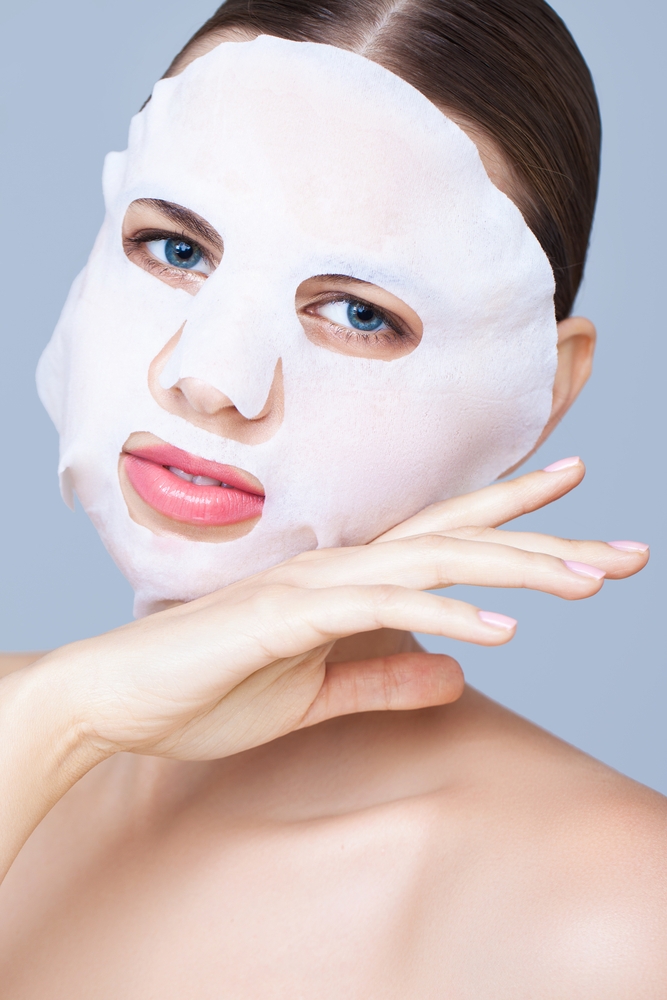
Sheet Masks
Using sheet masks can take a little getting used to considering on your face is a piece of cloth or paper that’s soaked with ingredients and has strategically cut holes in it. The mask presses all the good ingredients onto your face for the directed amount of time, then you’ll toss out the mask and usually pat the remaining ingredients into your skin rather than wash your face. They’re individually packaged and – depending on the mask – you can buy them in singles or in a box of multiples. There are a variety of different types of sheet masks, however, so it’s all about finding one that’s best for you.
Women from Japan, South Korea, and China know what they’re talking about when it comes to beauty and skin care. They’re smart, educated about the products and techniques, and they expect to get good results for their money. One of the great things is that many of these products don’t cost a substantial amount of money, especially for the exceptional results that they provide. It’s no surprise that Asianification has taken hold of the global beauty world.






